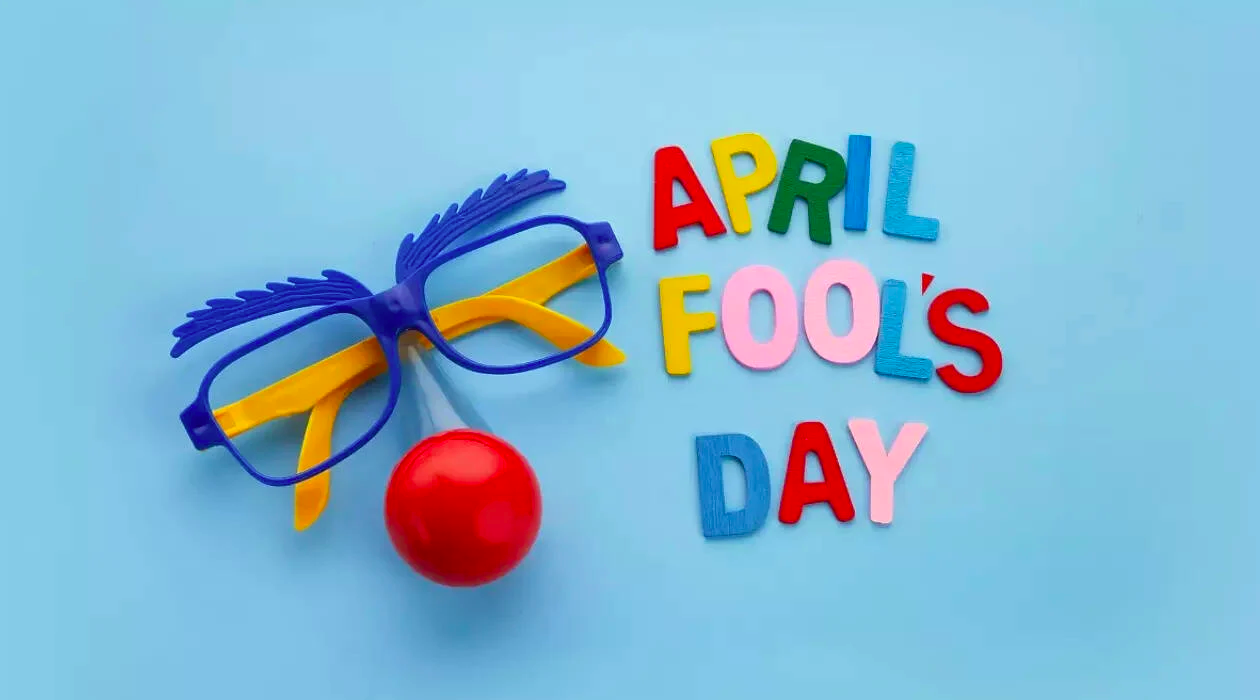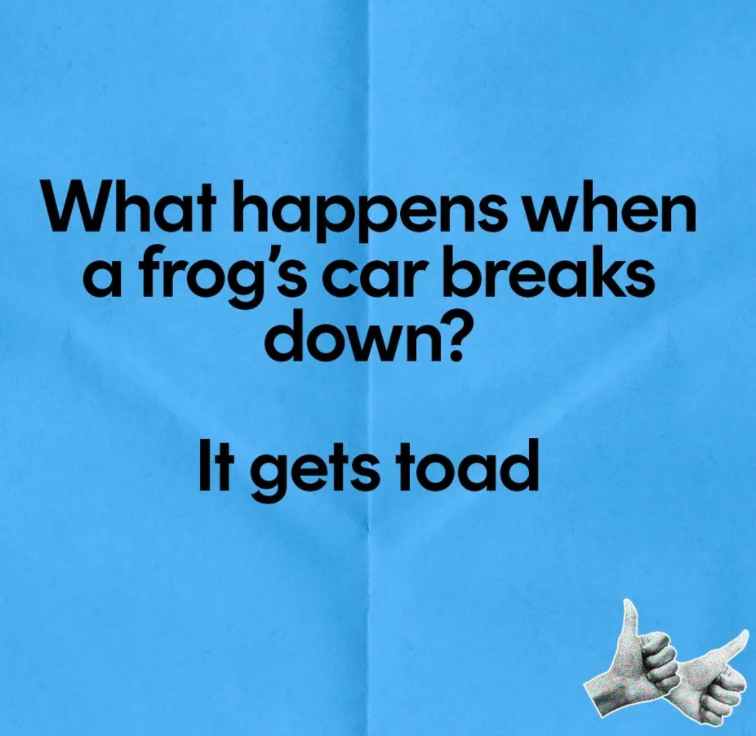Uncovering the Fun History of April Fools' Day: A Journey Through Time and Laughter
April Fools' Day has a surprisingly rich history that stretches all the way back to the 16th century. This beloved day offers a perfect blend of fun, learning, and family bonding. As we delve into the origins of this playful tradition, we reveal the delightful ways it connects us through humor and encourages boundless creativity across every generation. For homeschooling families, it's an outstanding opportunity to transform a day filled with pranks into an insightful lesson in history and empathy, fostering a genuine sense of community and shared laughter. Whether you're orchestrating a classic gag or brainstorming innovative jokes, the sheer joy of April Fools' Day lies in its remarkable ability to bring wide smiles and strengthen familial bonds. Join us on this fascinating journey as we share tips, tales, and fresh ideas to make your family's April Fools' Day a truly memorable celebration of wit, warmth, and whimsy. For more in-depth insights on how humor can foster engagement and meaningful learning, check out this intriguing article on humor and youth development.
Origins of April Fools' Day
The origins of April Fools' Day are as playful and mysterious as the holiday itself, surrounded by theories and legends. Let's dive deep into the fascinating history behind this day of pranks and laughter, as we seek to uncover the truth amid the myth.
The Calendar Switch Story
The most widely accepted theory about the origin of April Fools' Day is linked to 16th century France. When the country made the monumental switch from the Julian calendar to the Gregorian calendar, not everyone received or understood the change right away. This led to confusion and a delightful opportunity for humor.
Those who continued to celebrate the new year on April 1st, in accordance with the old calendar's tradition, became the butt of jokes and were affectionately dubbed "April Fools." This playful tradition of pranking those uninformed spread like wildfire across Europe and eventually captured imaginations worldwide.
However, it's important to note that this theory, while widely embraced and shared, is not conclusively proven. Some historians argue that April Fools' Day may have roots reaching back even further, possibly emerging from ancient Roman festivals or medieval celebrations that also focused on joy and revelry.
Evolution of the Tradition
Over many centuries, April Fools' Day has evolved into a global phenomenon. What began as a simple day of mockery has magnificently transformed into an occasion for elaborate pranks and good-natured fun that transcends borders and cultures.
In the 18th century, the people of Scotland took the celebration one step further, extending it to two jovial days. The second day, known as Tailie Day, involved pranks that focused humorously on people’s backsides, such as pinning fake tails or "kick me" signs to unsuspecting victims—a true testament to the timeless power of laughter.
As the tradition spread, different cultures added their own unique twists and interpretations. In France, for instance, the day is fondly known as "Poisson d'Avril" (April Fish), where people creatively try to attach paper fish to each other's backs without being noticed, sharing the joy of gentle surprise.
In today's world, April Fools' Day is celebrated globally, with pranks ranging from simple practical jokes to elaborate hoaxes orchestrated by media outlets and large corporations, each weaving a fresh chapter in the history of this ever-evolving celebration.
April Fools' in Modern Times
In our digital age, April Fools' Day has taken on thrilling new dimensions, with imaginative pranks spreading faster and farther thanks to technology and interconnectedness. Let's explore the dynamic ways this tradition has adapted to our modern times, blending old tricks with new treats.
Popular Pranks Through the Years
Over the decades, April Fools' Day has witnessed some truly memorable pranks that have captured the public's imagination and, on occasion, even sensationally made headlines.
One of the most famous pranks occurred in 1957 when the BBC aired a cleverly staged segment about Swiss farmers harvesting spaghetti from trees. The hoax was so convincing and delightfully executed that many intrigued viewers called in, earnestly inquiring how they could grow their very own spaghetti trees.
In 1996, fast-food giant Taco Bell generated buzz by announcing they had purchased the historic Liberty Bell and would be renaming it the "Taco Liberty Bell." This clever marketing stunt generated significant buzz and even prompted a light-hearted response from the White House, showcasing the playful spirit at the heart of this day.
More recently, Google has become renowned for its annual April Fools' pranks, each blending creativity with playful deception. In 2013, they introduced "Google Nose," a fictional feature that purportedly allowed users to search for smells online, playfully pushing the boundaries of imagination and expectation.
Family-Friendly Prank Ideas
April Fools' Day can be an outstanding opportunity for family bonding and creating lasting memories. Here are some fun, harmless pranks that the whole family can enjoy, ensuring laughter and love are the main ingredients:
Serve breakfast for dinner, complete with pancakes and bacon, turning mealtime into a playful surprise.
Replace the creamy filling in Oreo cookies with cream cheese, offering a curious twist to a familiar treat.
Put googly eyes on everything in the refrigerator, bringing a touch of whimsy to the commonplace.
Carefully switch the contents of cereal boxes to surprise unsuspecting family members in the morning.
Remember, the key to successful family pranks is keeping them light-hearted, safe, and enjoyable for everyone involved. Aim to avoid pranks that could cause genuine distress or property damage by focusing on laughter and togetherness.
Consider the ages and sensitivities of your family members when planning pranks. What's hilarious for a teenager might genuinely frighten a young child, and tailoring humor appropriately ensures everyone's happiness.
Educational Opportunities with Pranks
April Fools' Day isn't just about laughter; it can also serve as a valuable teaching tool. Let's explore how we can turn pranks into enriching learning experiences that combine fun with education.
Creative Learning Activities
April Fools' Day offers unique opportunities for creative learning. Here are some inventive ways to incorporate educational elements into your April Fools' celebrations, ensuring both fun and learning go hand in hand:
History lesson: Research the fascinating origins of April Fools' Day and create a detailed timeline of famous pranks throughout history. This activity combines historical research with critical thinking about how humor has evolved over time, inspiring inquisitive minds.
Science experiments: Design pranks that cleverly involve simple scientific principles. For example, create a "solid" glass of juice using gelatin, a fun experiment that introduces concepts of states of matter in a playful setting.
Creative writing: Challenge kids to write their own April Fools' Day stories or design imaginative fake advertisements. This exercise encourages boundless imagination and helps develop persuasive writing skills, sparking creativity.
Math puzzles: Create fun, number-based pranks or puzzles that require sharp mathematical thinking to solve. This approach makes math both enjoyable and engaging, fostering a love of numbers.
Teaching Empathy Through Humor
Humor can be a powerful tool for developing empathy, an essential life skill that strengthens relationships and understanding. April Fools' Day provides an excellent opportunity to discuss the nuanced difference between harmless fun and potentially hurtful pranks.
Encourage children to consider deeply how their pranks might make others feel. This reflective exercise in perspective-taking can help develop emotional intelligence and social awareness, empowering them for the future.
Discuss various types of humor and their potential impacts on others. Use examples from April Fools' pranks to illustrate when jokes cross the line from funny to mean-spirited, teaching vital lessons on respect and empathy.
After executing playful pranks, engage in a family discussion about everyone’s reactions. This reflection can help children understand the importance of reading social cues, respecting others' feelings, and ensuring every participant enjoys the fun.
Remember, the ultimate goal is to create laughter, not distress. By maintaining a focus on empathy and fun, we can ensure that April Fools' Day remains a joyful, harmonious celebration for everyone involved, cementing its place as a day cherished by all for the laughter and love it inspires.


